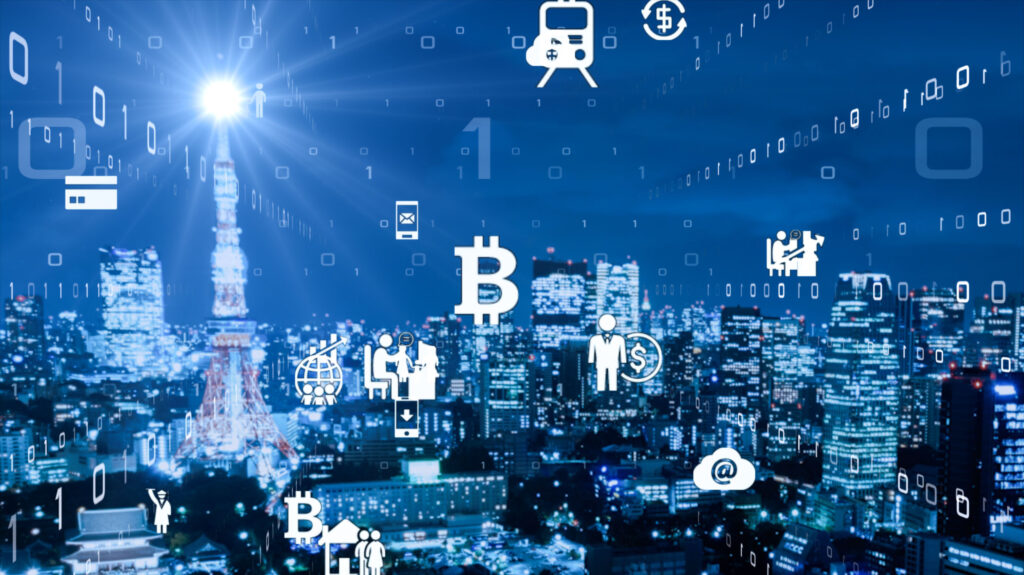How the IoT Can Enhance your Business’ UX (User Experience)

At its core, user experience (UX) considers every aspect of the end-user’s interaction with the platform they come into contact with. The platform is a big reflection of how the company can meet the needs of the customer, and a good UX does it seamlessly to deliver the best customer service possible online. It is important for companies to deliver the best customer service possible through good user experience: according to Small Biz Genius, 88 percent of shoppers say that they would not return to a website that gives them a bad experience. More importantly, 70 percent of online businesses that failed traced the reason to bad usability.
The internet of things (IoT), on the other hand, increases a device or service’s user-friendliness because it connects a lot of things, machines, appliances, and their functions to the internet. These things being connected fall into many categories. However, four categories are highlighted by the U.S. Congress itself, as IoT grows:
- Industrial Internet of Things (IIoT) – When IoT is applied to the manufacturing industry, commercial IoT applications are connected to networked machines. These machines are able to communicate with each other through AI, and share data to improve the efficiency, productivity, and performance of the production facility.
- Internet of Medical Things (IMoT) – The medical field is another application where IoT is growing in popularity. Devices that collect information, like heart monitors, can send patient information over the medical network to help medical professionals in remote monitoring and analysis. This helps the medical profession respond immediately when necessary, regardless of location.
- Smart Cities – IoT has been in continuous development in entire urban areas, especially in relation to utilities, transportation, and infrastructure. The data gathered from them can help optimize organizational capabilities to deliver demand in real-time. Some of the things that are being developed are smart grids and meters for electricity, autonomous vehicles, and payment and trip planning systems.
- Smart Homes – On a more personal level to the consumer, smart homes are rising as technologies that connect with the internet such as smart appliances, smart TVs, smart thermostats, home security systems, etc., become more commonplace. These devices are usually controlled remotely by the consumer over the internet on a single network from a mobile device or a computer.
Memorable, user-friendly experiences
For many, linking IoT to UX can be a very complicated development process. UX, by itself, is already challenging as programmers have to consider multiple types of devices that deliver a seamless experience that makes life more efficient for consumers. Done right, though, UX makes life easier for the end-users and reaps bigger rewards for companies that adopt them along with IoT.
For example, according to IDC, manufacturing companies spent $102.5 billion to integrate IoT into their UX to cover more products, operations, and processes. This deployment had been triggered by an earlier investment that did increase productivity. Connecting all company assets in a complicated environment enabled their end-users to see data in real-time, and created more efficient workflows that save companies time, money, and effort.
The same can be said with the healthcare system. The integration of a patient’s many medical documents and diagnoses, for example, can help their many specialists to identify things like the real causes of their medical condition. Neither do the doctors nor the clinicians have to be physically present to supervise.
Smart cities and smart homes are making things more convenient for the general public. IoT is delivering convenience to consumers at an unprecedented scale. Home security helps consumers feel safe about leaving their property and its occupants, knowing that, through their smart devices, they can check on them any time. In the same breath, they can control things at home even before they arrive, like adjusting the temperature ready for a cozy night even before they get through the door.
Impacted industries
One of the most popular companies that are jumping into the IoT space is Apple. Aside from producing smartwatches that can connect with the users’ phones, it is also developing them for the healthcare industry. A medical smartwatch will have an electrocardiogram within its systems to help keep track of the consumer’s health and well-being. In a process approved by the Food and Drug Administration (FDA), healthcare professionals can see information about their patients from past data collected by the smartwatch. This ability can help make diagnosis more precise, while removing hours that could have been lost in cutting through red tape.
In the manufacturing sector, Deloitte has adopted the technology in the manufacturing sector. It has experienced better results in employing predictive maintenance to keep their operations at an optimal level, reducing the loss of valuable time and resources.
Governments are also jumping in the IoT trend. Cities like Paris have launched Autolib, an electric car-sharing program to help their citizens move around the area and automatically reserve parking spaces. According to The Business Insider, the program has grown to a fleet of 3,000 connected vehicles since its launch in 2011.
Employing IoT in your company’s products and services can be a huge help in boosting the user experience you aim to deliver. With users demanding more out of their time, an IoT-enabled user experience can help ease people’s worries and improve your scorecard for consumer happiness. When you are able to interconnect the different aspects of your customer’s life, your brand does leave them with a memorable experience that they just might want to repeat.